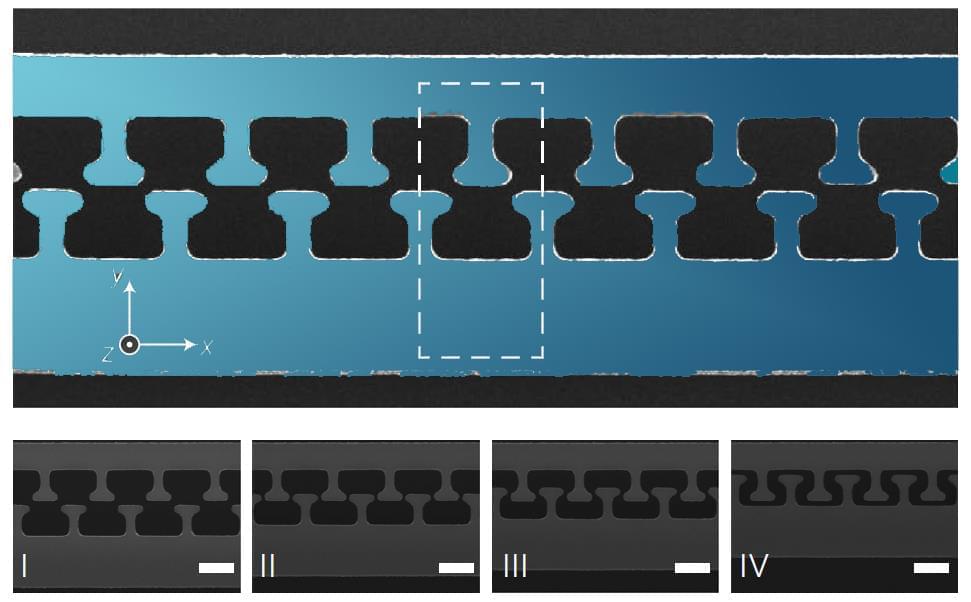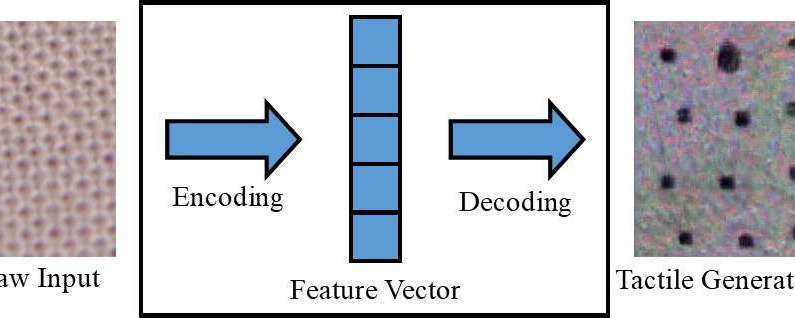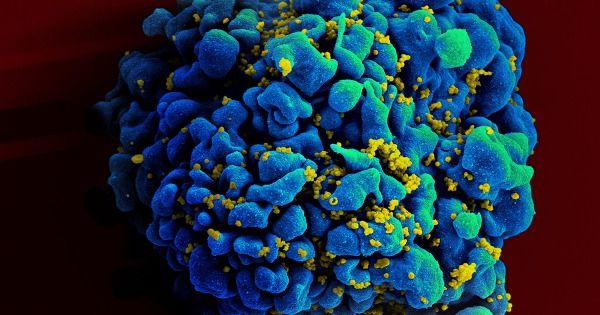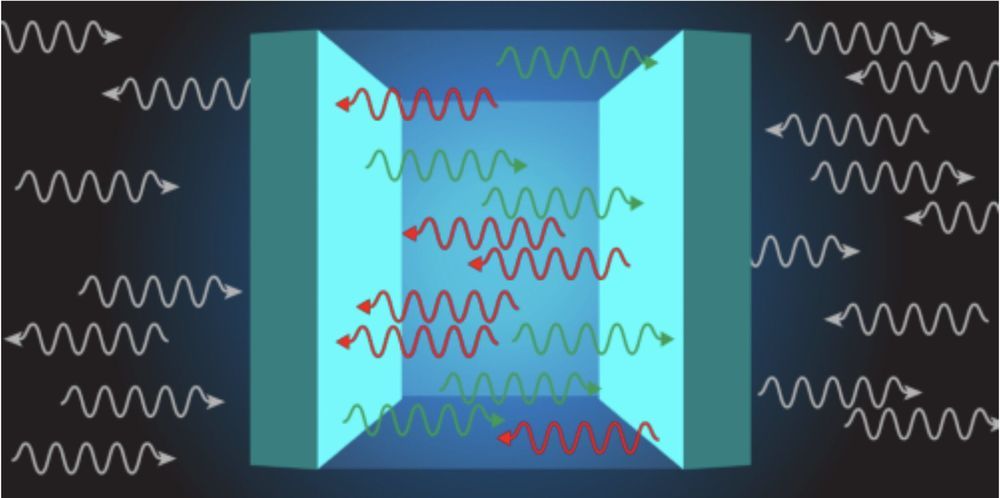Mar 5, 2019
Researchers harness mysterious Casimir force for tiny devices
Posted by Quinn Sena in categories: computing, quantum physics
Circa 2017
Getting something from nothing sounds like a good deal, so for years scientists have been trying to exploit the tiny amount of energy that arises when objects are brought very close together. It’s a source of energy so obscure it was once derided as a fanciful source of “perpetual motion.” Now, a research team including Princeton scientists has found a way to harness a mysterious force of repulsion, which is one aspect of that force.
This energy, predicted seven decades ago by the Dutch scientist Hendrik Casimir, arises from quantum effects and can be seen experimentally by placing two opposing plates very close to each other in a vacuum. At close range, the plates repel each other, which could be useful to certain technologies. Until recently, however, harnessing this “Casimir force” to do anything useful seemed impossible.
Continue reading “Researchers harness mysterious Casimir force for tiny devices” »
















